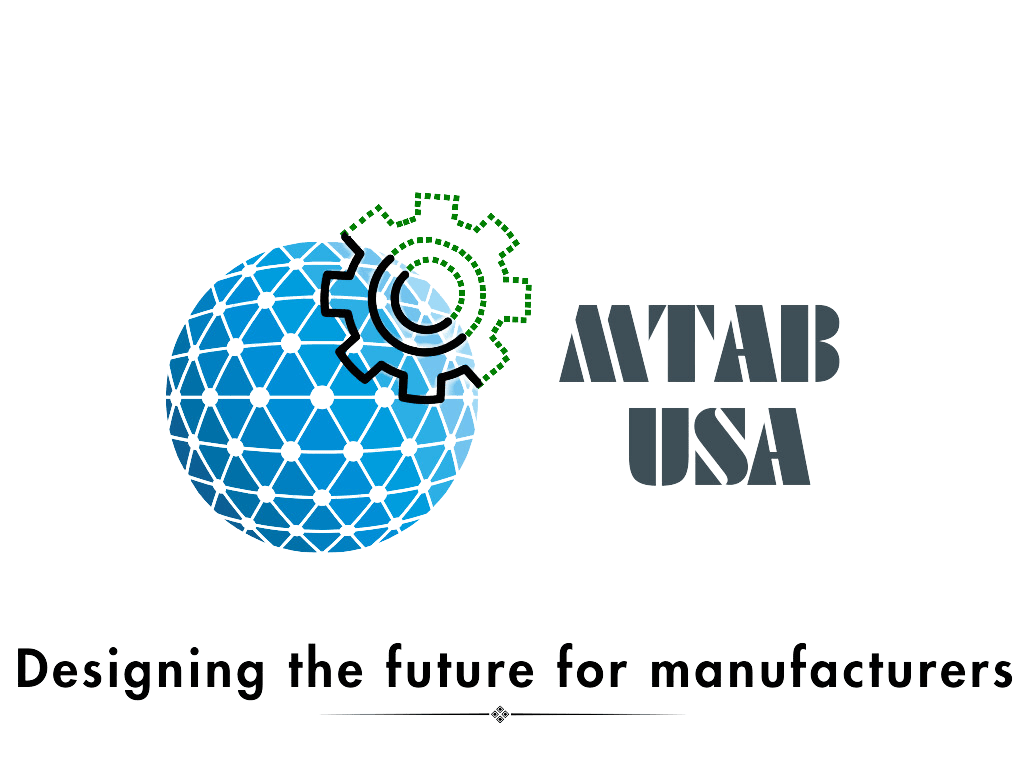Beyond the Buzzword

“AI-native workforce” has become a shorthand for future-readiness. But in manufacturing, where productivity depends on both precision and people, this label glosses over a more fundamental challenge: Most of the workforce—and most academic institutions preparing them—are not AI-ready. Not even close.
As McKinsey’s July 2025 article Investing in the Manufacturing Workforce to Accelerate Productivity outlines, time to proficiency is rising, institutional knowledge is retiring, and talent pipelines are shallow. In this context, digital transformation must begin with workforce transformation. This McKinsey article makes you think about how proficiency has been traditionally gained in manufacturing and how to think about it in this age of talent gap, automation, and AI.
Manufacturing has not been attracting AI talent at the rate tech companies are developing solutions. Awareness among adults and hence children and next generation is low. So let's talk about three things we can do to increase interest at school, build skills at higher education and capture & evolve knowledge in manufacturing companies.
Note: At an event, I asked how many considered a manufacturing career and 4 out of 80+ people raised their hands.
Three Imperatives for Manufacturers and Career Influencers:
1. Begin Before the Career Begins: Awareness at the School Level
The manufacturing AI-native workforce cannot be built at the point of hire. Manufacturers must invest in community awareness campaigns, STEM-to-shop-floor pathways, and hands-on engagement starting in middle school. Early exposure drives relevance and aspiration.
Partner with local schools for curriculum modules on modern manufacturing
Offer facility tours, job shadowing, and virtual experiences
Use digital tools (VR, gamification, AR) to demystify factory jobs
One of my favorite shows was "How It's Made"
2. Shift from AI Skills to Digital Fluency and Data Literacy
AI in manufacturing is not about writing code. It is about applying and interpreting dashboards, responding to alerts, troubleshooting machines, and making decisions based on contextualized data.
McKinsey notes that manufacturers face up to 800% productivity variation based on skill proficiency. Closing this gap requires:
Training in digital & tablet-based workflows and MES interfaces on the factory floor
Partnering learners (trades people and engineers) with AI for better outcomes
Teaching frontline teams to recognize, tag, and escalate digital signals
Embedding data interpretation into daily roles, not just analytics teams
3. Institutionalize Knowledge Capture Through Technology and Culture
The brain drain from retirement is real. Manufacturers must make knowledge capture a built-in behavior, not an IT initiative.
Use connected worker platforms to embed SOPs, videos, and peer insights
Assign responsibility for documenting tribal knowledge at every role level
Integrate video, sensors, and wearable data into workflows
One aerospace firm cited by McKinsey increased throughput 15% by pairing less skilled staff with a veteran and embedding documentation in their shift routines- losing productivity in the short term but building capacity and capability of the workforce in the long term.
Conclusion:
The path to a truly “AI-native” manufacturing environment lies not in waiting for digital evolution to occur naturally, but in actively crafting a digitally fluent workforce. Early educational outreach, strategic upskilling, and robust knowledge management systems are the cornerstones of this transition. Manufacturers who adopt these measures will not only overcome the talent gap but will also drive efficiency, innovation, and sustainable growth.
In manufacturing ecosystem, the infrastructure for “AI-native workforce” does not yet exist in most factories. Manufacturers must first cultivate digital-first mindsets—where every worker is aware, fluent, and connected. We lay the groundwork for them to grow into Industrial AI future, making today’s manufacturing resilient, attractive, and scalable.
References: McKinsey Insights on Workforce Digital Transformation published Jul 2, 2025
